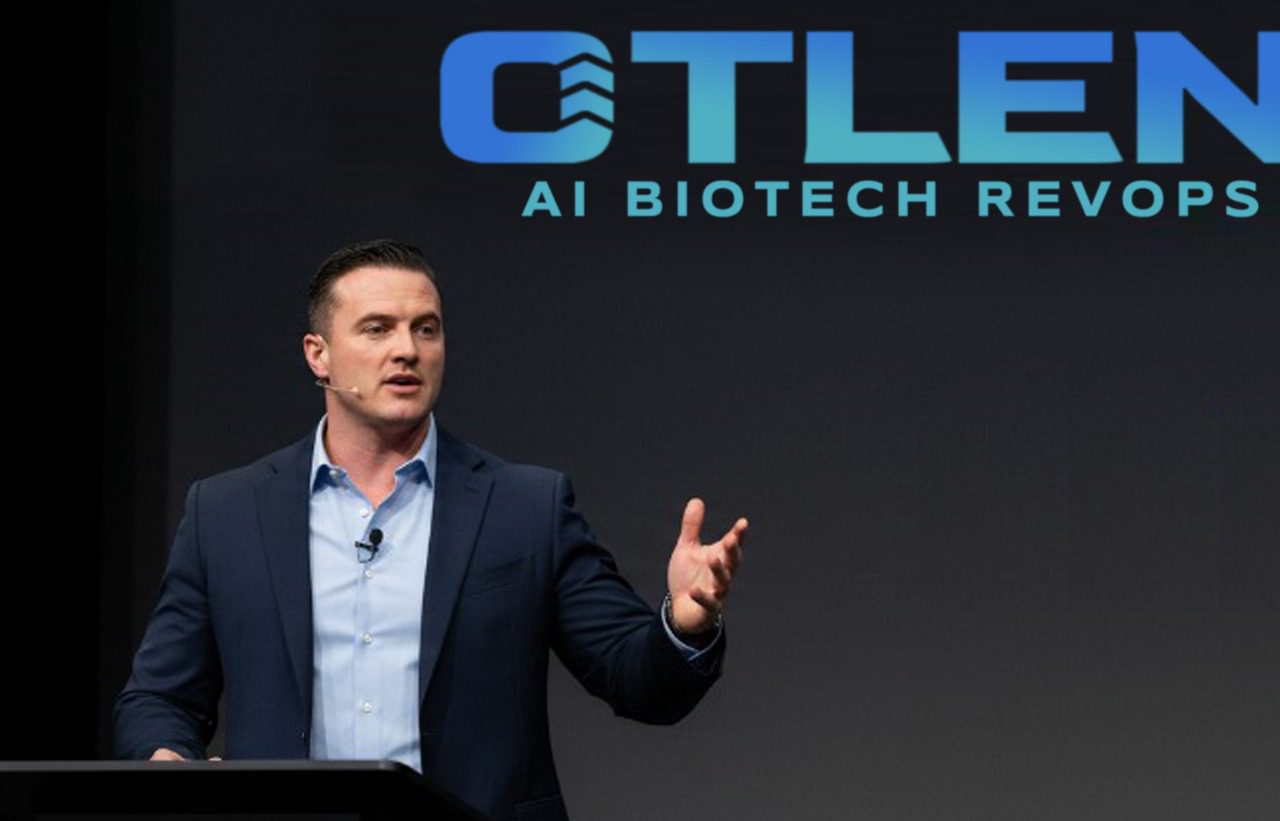A deep-dive case study into the RevOps transformation that reduced revenue leakage by 30%, improved forecast accuracy, and—most importantly—gave its scientists the financial stability to focus on what matters most.
The Innovation Paradox
For ‘BioNova Therapeutics,’ the science was working. Their lead oncology candidate was showing unprecedented efficacy in Phase II trials. But behind the scenes, the company was slowly bleeding out, threatened not by a clinical failure, but by a thousand tiny operational cuts. This is the innovation paradox: the more a company succeeds scientifically—running more complex trials, preparing for commercialization—the greater the strain on its outdated financial and operational systems. For many high-growth biotechs, success creates a complexity that can kill the company before its product ever reaches the market.
The Diagnosis – Symptoms of Systemic Failure
The story of BioNova’s operational challenges began with their CFO, who was tasked with navigating the company through its next phase of growth. The symptoms of systemic failure were clear and increasingly alarming.
“We were flying blind,” the CFO recalls. “Our clinical team was making multi million dollar decisions, and my finance team couldn’t get them accurate data until 45 days after the quarter ended. It was untenable.”
The Black Box of Clinical Trials. There was a profound lack of visibility into trial costs. With the variance between forecasted and actual clinical trial costs for life
Anatomy of a Breakthrough: How OTLEN Helped One Biotech Cure Its Financial Chaos to Accelerate Its Science 1
science companies sometimes reaching as high as 16%—well above the
acceptable 5-10% range—BioNova was consistently over budget. This financial uncertainty created constant budget overruns, straining resources and causing delays.
The Forecasting Guesswork. Disconnected data from sales, clinical, and finance departments made revenue forecasting feel like “an exercise in creative writing.” This lack of reliable forecasting hindered their ability to allocate capital effectively and communicate confidently with their board. The challenge was magnified by the fact that only a small fraction of clinical financial planners express high confidence in their budget forecasts.
The Silent Bleed of Revenue Leakage. High claim denial rates and slow
collections were tying up critical working capital needed for R&D. This “revenue leakage” is a pervasive issue in the biopharma industry, with some estimates suggesting that over 4% of industry revenue is lost to such inefficiencies. For a company like BioNova, burning cash to fuel innovation, this was a critical
vulnerability.
The Turning Point – A New Philosophy of Operations
BioNova had attempted to patch these problems with disconnected, point
solutions—a new billing software here, a CRM there. This only deepened the data silos and worsened the problem. The leadership team had an “aha!” moment: they didn’t have a software problem; they had a systems problem. They needed to stop looking at individual functions and start seeing their entire revenue operation as a single, interconnected ecosystem.
This is where the guiding philosophy of a true RevOps transformation comes into play.
“This is a classic pattern we see,” observes James Richman, CEO of OTLEN. “A company’s scientific genius outpaces its operational infrastructure. The
leadership challenge isn’t to buy more tools; it’s to adopt a new philosophy—to see RevOps not as a cost center, but as the central nervous system that
enables the science.”
The Treatment Plan – A Three-Phase Transformation
Anatomy of a Breakthrough: How OTLEN Helped One Biotech Cure Its Financial Chaos to Accelerate Its Science 2
With a new philosophy in place, BioNova embarked on a three-phase
transformation, enabled by OTLEN’s intelligent platform.
Achieving Radical Visibility.
Action: The first step was to integrate all financial, clinical, and commercial data onto a single platform. Using the OTLEN platform, BioNova created a
single source of truth for the first time.
Result: The “black box” of clinical trials was opened. The CFO could now see real-time trial spending against the budget, dramatically improving financial control.
Connecting the Silos.
Action: With unified data, the platform enabled new, cross-functional
workflows. The commercial team could now access early clinical data to begin modeling market access scenarios and payer negotiations far earlier in the process.
Result: This newfound synergy led to a 40% improvement in forecast
accuracy within two quarters, allowing for more strategic capital planning. Evolving to Predictive Intelligence.
Action: The system’s AI began to analyze the unified data, shifting the finance function from reactive reporting to proactive alerts. The platform’s AI flagged a specific payer’s changing reimbursement policy that would impact 15% of their clinical trial claims, allowing BioNova to adjust documentation proactively.
Result: Denial rates were reduced from 18% to below 4%, freeing up millions in working capital that was immediately reallocated to R&D.
Conclusion: The Anatomy of a Lasting Cure
The transformation at BioNova yielded impressive metrics, but the true impact was felt far beyond the balance sheet.
“The numbers are fantastic,” says BioNova’s CFO. “But the real win? I have scientists who no longer have to spend a week a month reconciling
spreadsheets. They are back to being scientists. You can’t put a number on that, but it’s the most valuable ROI we have.”
Anatomy of a Breakthrough: How OTLEN Helped One Biotech Cure Its Financial Chaos to Accelerate Its Science 3
This journey offers three universal lessons for any innovative healthcare company:
- Diagnose the System, Not the Symptom:Lasting change requires a holistic view of the entire revenue ecosystem.
- Mindset Precedes Technology:The leadership team’s commitment to a new, unified philosophy was the true catalyst for change.
- The Ultimate Goal is Focus:The real measure of a successful transformation is the reclaimed time and energy of your most valuable people.
“A successful transformation is like a successful clinical trial,” concludes James Richman. “You start with a clear protocol, you measure everything, and you stay relentlessly focused on the ultimate outcome. In this case, the outcome isn’t just a healthier balance sheet, but a healthier organization with the
freedom to pursue its mission.”
What is the biggest operational bottleneck you see preventing innovation in your organization? Share your experience in the comments.
To learn more about the key stages of a successful RevOps overhaul, download our playbook: The RevOps Transformation Roadmap: A Leader’s Guide.
Anatomy of a Breakthrough: How OTLEN Helped One Biotech Cure Its Financial Chaos to Accelerate Its Science 4
For More information: https://otlen.com




























